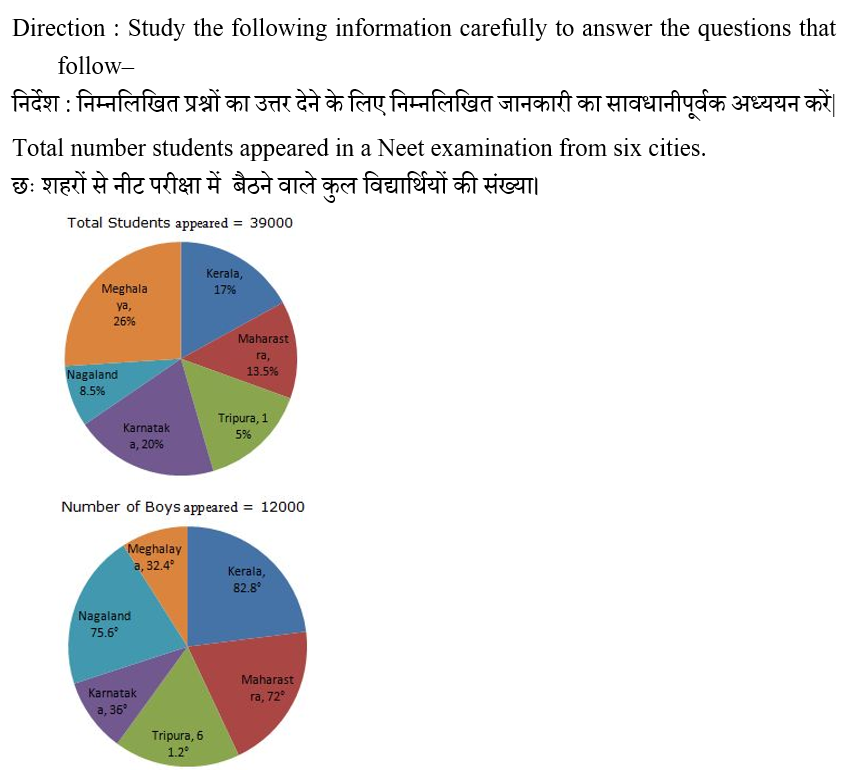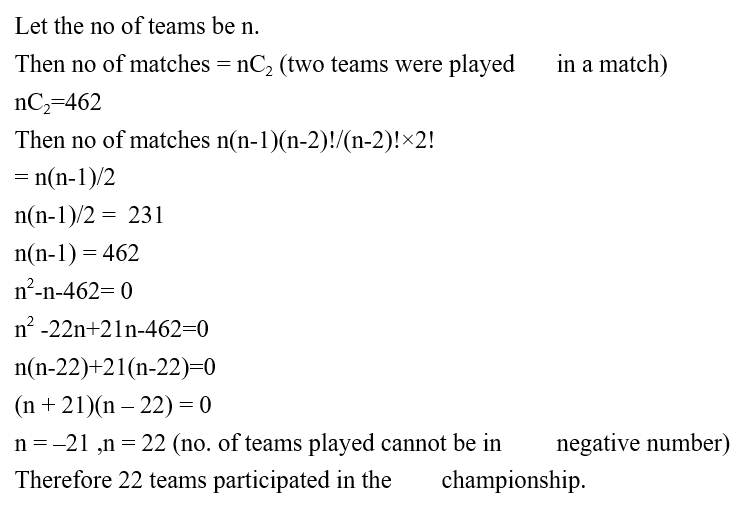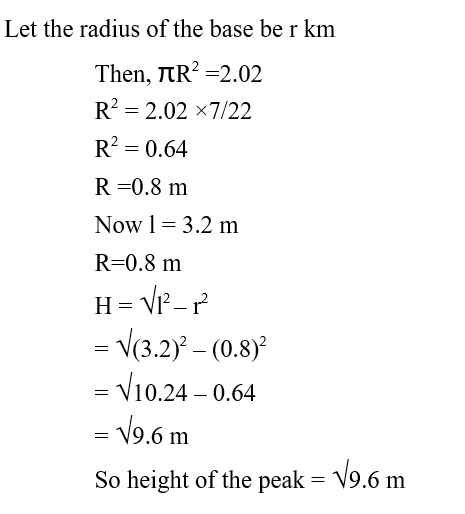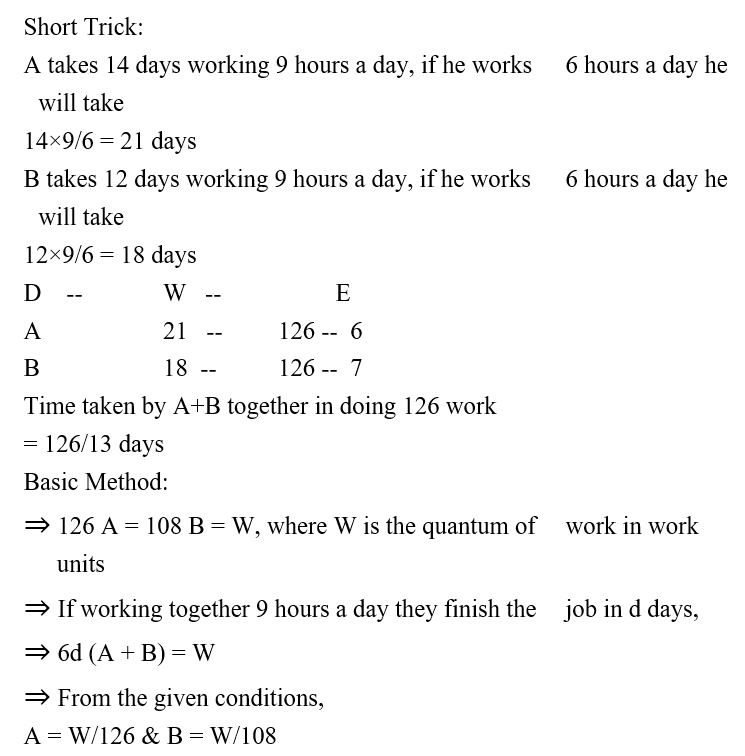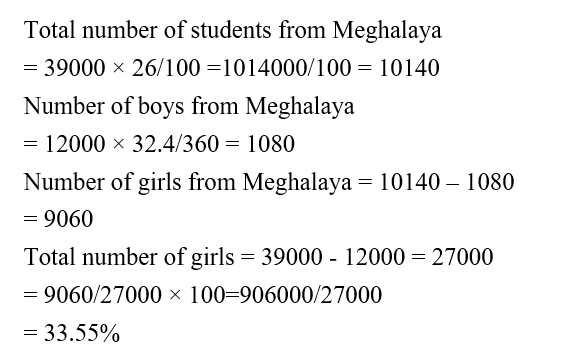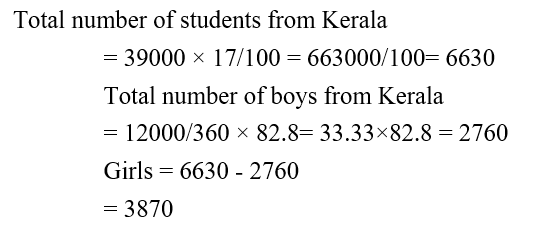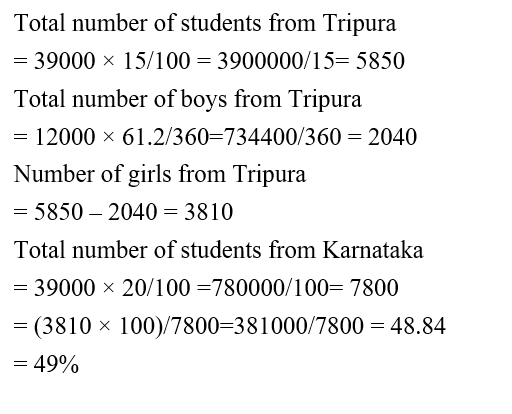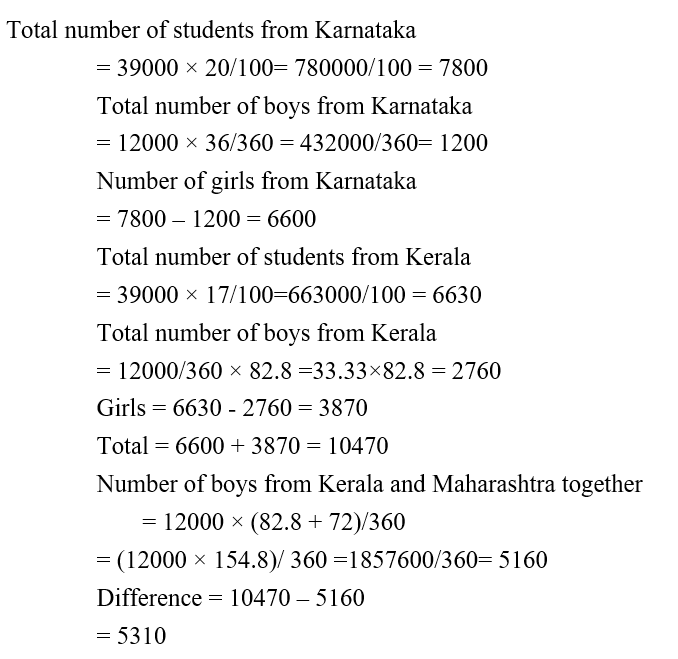Question 1:
Ramesh went to market and bought 2.8 kg fresh tomato. The ratio of water is to pulp was 5:2. When he was returning from market, he met with an accident so some of tomatoes were crushed. Then some water get wasted. Now the ratio of water is to pulp is 3:4. What is the total amount of crushed tomatoes.
रमेश बाजार जाता है तथा 2.8 किलो ताजे टमाटर खरीद लेता है। पानी से गूदे का अनुपात 5:2 है। जब वह बाजार से लौट रहा था तो उसके साथ एक दुर्घटना घटित हुई जिसमें कुछ टमाटर कुचल गए। तो कुछ पानी निकल गया गया। अब पानी से गूदे का अनुपात 3:4 है। तो बचे हुए टमाटरों (क्रश्ड टमाटर) का कुल वज़न ज्ञात करें।
Question 2:
In a Hockey Championship 231 matches were played. Every team played one match with each other team. How many teams participated in the Championship?
हॉकी चैम्पियनशिप में 231 मैच खेले गए थे। प्रत्येक टीम ने दूसरे की टीम के साथ एक मैच खेला। चैंपियनशिप में कितने टीमों ने भाग लिया?
Question 3:
A certain amount is divided among A, B and C in the ratio of 3:7:6 respectively. If the difference between share of A and B is Rs. 2700, what is C's share?
एक धनराशि को A, B और C के बीच क्रमशः 3:7:6 के अनुपात में बांटा जाता है। यदि A और B के हिस्से के बीच अन्तर रू 2700 है तो C का हिस्सा क्या है?
Question 4: 
Question 5:
A & B working alone 9 hours a day can complete a job in 14 days and 12 days respectively. In how many would they finish the job if they work together 6 hours per day?
A और B किसी निश्चित कार्य को प्रतिदिन 9 घंटे कार्य करते हुए क्रमश: 14 दिनों और 12 दिनों में पूरा कर सकते हैं। यदि वे प्रतिदिन साथ मिलकर 6 घंटे कार्य करें तो उसी कार्य को कितने दिनों में पूर्ण करेंगे?
Question 6: 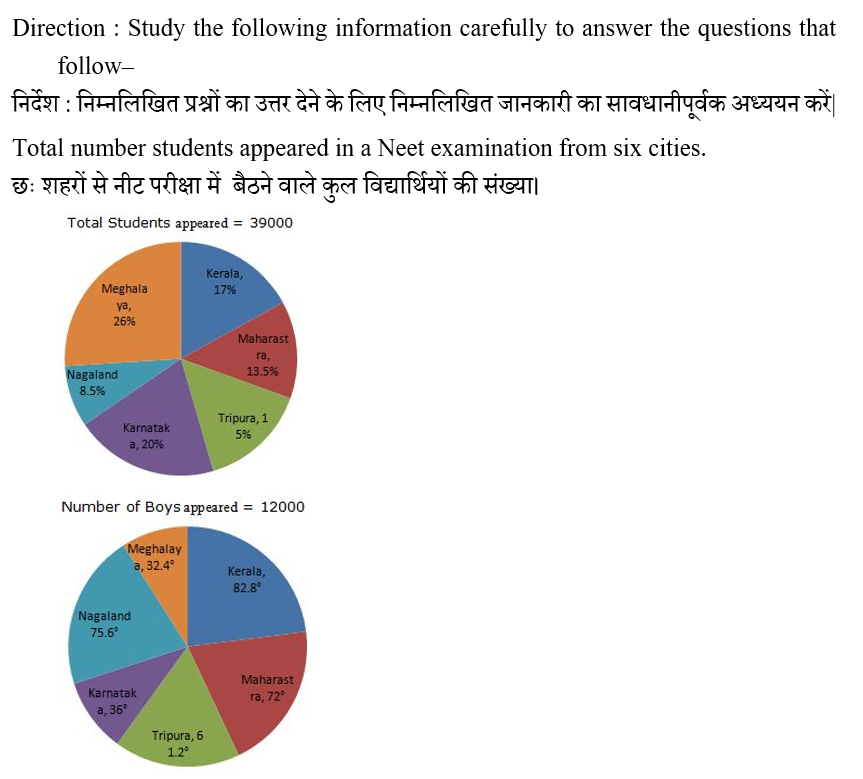

Question 7: 
Question 8: 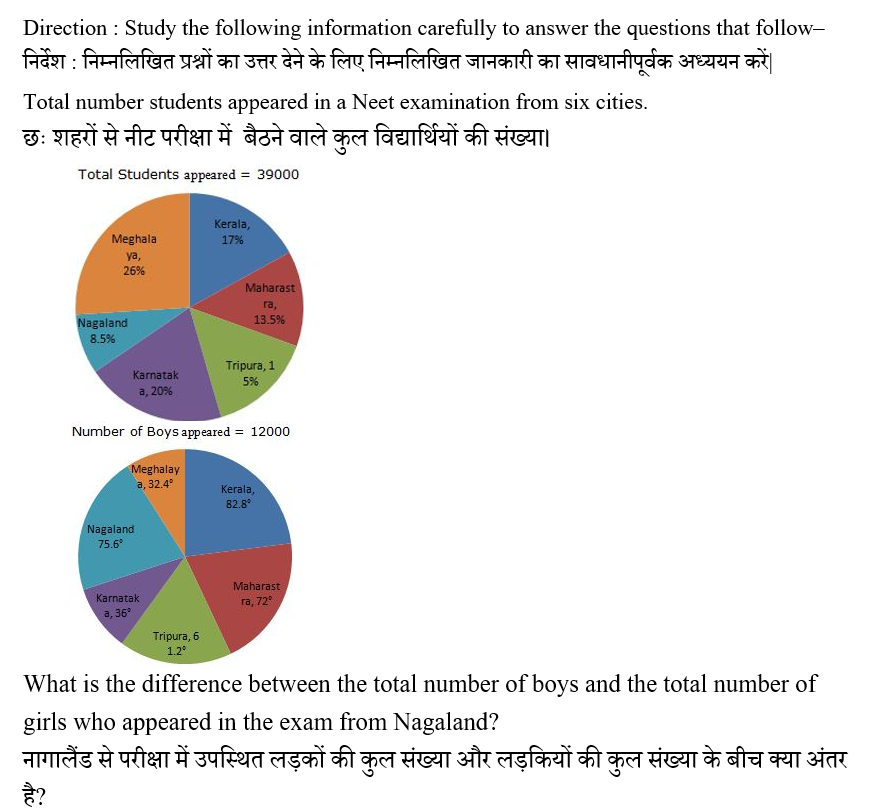
Question 9: 
Question 10: 